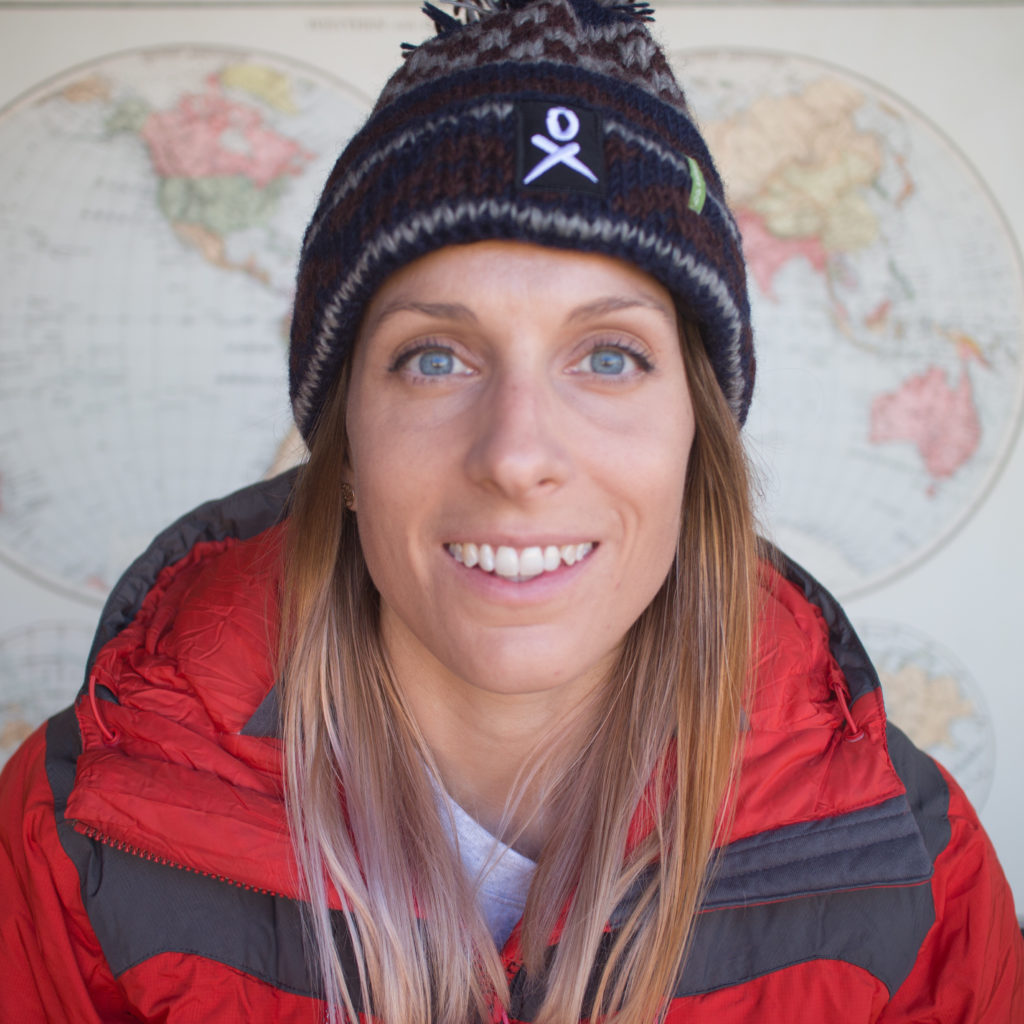When Dr Ellen Moon studied physics and chemistry at university she was one of the few women in her class, but assumed that was because other women weren’t interested in the subject matter. Twelve years into a successful STEMM career, she now knows it’s not necessarily a lack of interest that stops women becoming scientists.
While we live in a society where women dominate ‘pink collar’ jobs such as teaching and healthcare, far fewer are tackling the STEMM (science, technology, engineering, medicine and mathematics) sphere. Although a number of women are shining bright within STEMM careers, a recent report found the number of Australian girls studying STEMM subjects has declined at an alarming rate, resulting in significant under-representation of women in these areas.
However, with a few science superstars and a range of other national initiatives, this could all be about to change.
Deakin University’s Dr Ellen Moon is one of 60 successful women helping to smash gender stereotypes about scientists. The Lecturer in Environmental Engineering and Homeward Bound participant joins a diverse group named in the ‘Superstars of STEMM’ Program for 2019/20. The Program aims to raise the profile of Australia’s most dynamic female scientists and technologists, as means of inspiring more women into STEMM.
Dr Moon is the only Deakin representative on the list and is making strides in her field of STEMM – all while inspiring a new generation of scientists to follow her lead.

“I’m honoured to be included within this group of women who are empowering girls to consider these careers. We all come from different areas of STEMM and represent different age groups and backgrounds, so it’s a great example to the public, especially young girls, as they now have visible faces they can relate to.”
Dr Moon’s current research focuses on heavy metals, assessing the risk they pose to the environment and developing sustainable remediation strategies.
“I got into this career because I’ve always been interested in the environment, and I also wanted to do something that would have a positive impact,” she says.
“I’ve had plenty of wonderful experiences in what has been a fulfilling career so far and I want other girls to get involved. Whether it’s helping the environment like I do, or pursuing something in engineering or medical fields, STEMM provides opportunities to make a real difference in the world.”
Dr Moon knows just how necessary it is to promote women in STEMM. Having worked in various areas of science and engineering for the past 12 years, she’s become increasingly aware of the landscape women face in the industry, particularly since working on a project four years ago to understand the demographics of STEMM staff within a university setting.
“That’s when I really came to realise how under-represented women were, particularly in senior roles. I was shocked to hear about the huge obstacles many of the women had to overcome to continue a career in STEMM. It was also really disheartening to learn how many women and girls were actively putting off pursuing sciences due to social stereotypes and the discouraging attitudes of parents and teachers.”
Dr Moon is determined to encourage girls to consider a pathway in STEMM by showcasing how it can be a successful and rewarding career, pointing out that Australia is missing a giant pool of resources by not having enough women in STEMM disciplines
“Scientists, engineers and mathematicians are going to play really important roles in a lot of the global challenges we face, and going forward women must be part of the solution,” she says. “Without the ideas and experiences of 50 per cent of the population, we won’t find the answers that we need.”
“Although we’ve come a long way in terms of how scientists are depicted in the media, it’s still hard to shake the idea of who is considered a ‘typical’ scientist. There’s this perception that scientists wear white coats, work in a lab and are predominantly male and middle aged – but that’s just not true.”

Dr Moon is pleased the promotion of women in STEMM has become a priority for Australia.
“It’s been a passion of mine for a while now, so it’s nice to see it being acknowledged and invested in on a much broader scale. Being able to challenge the perception about what a career in science can mean by highlighting the diversity of opportunities it can create is really important.
“I’m especially excited that part of being a Superstar of STEMM is visiting high schools to share my experiences in STEMM and bring local young adults into direct contact with scientists.
“I want to show that women can be innovators in STEMM – and that we’re a force to be reckoned with, too.”
Nat Kerr
Staff writer



